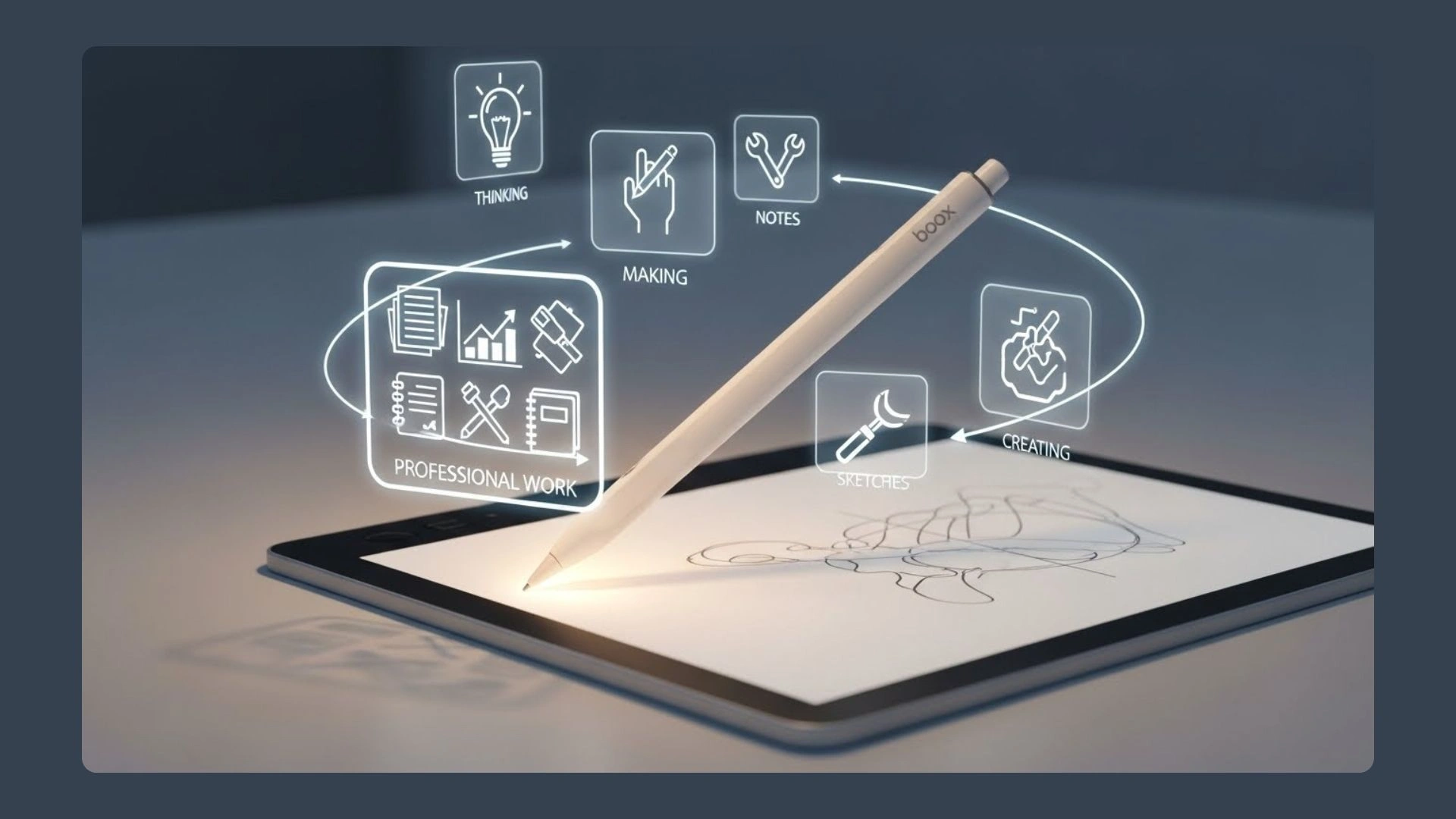In the complex world of digital marketing, understanding how different touchpoints contribute to a customer’s journey is crucial for optimizing campaigns. One common method to achieve this is through a linear attribution model. One that assigns equal credit to every touchpoint in the customer journey, offering a straightforward way to analyze the effectiveness of your marketing efforts. In this article, we’ll delve into what linear attribution is, how it works, and how it can be effectively used in various advertising strategies.
Linear Attribution Model: What Is Linear Attribution?
This is a marketing measurement model that evenly distributes credit across all touchpoints that a customer interacts with before making a purchase or completing a desired action. Unlike other attribution models that may emphasize the first or last interaction, linear attribution treats every interaction as equally important.
Key Characteristics of Linear Attribution:
- Equal Weight: Every touchpoint in the customer journey receives the same level of credit.
- Holistic View: Provides a comprehensive view of the entire customer journey.
- Simplicity: Easy to understand and implement compared to more complex attribution models.
How Does Linear Attribution Work?
Linear attribution works by mapping out every interaction a customer has with your brand, whether through connected TV advertising, social media, email, or other channels. Once these touchpoints are identified, the model assigns an equal portion of the conversion credit to each one.
Example of Linear Attribution in Action:
Imagine a customer sees an OTT ad, clicks on a social media post, opens an email, and finally makes a purchase. In a linear attribution model, each of these four interactions would receive 25% of the credit for the sale.
Benefits of Using Linear Attribution
Linear attribution offers several advantages for marketers, especially those who value a balanced view of their marketing efforts.
1. Simplicity and Clarity
- Linear attribution is straightforward, making it easy for marketers to explain and understand.
- It eliminates the complexity of determining which touchpoint is most valuable, offering a clear and balanced view of all interactions.
2. Fair Credit Distribution
- By giving equal credit to all touchpoints, linear attribution ensures that no single interaction is overlooked, which can be particularly beneficial in multi-channel campaigns.
- This fair distribution can lead to a more accurate assessment of each channel’s contribution to the overall marketing strategy.
3. Ideal for Brand Awareness Campaigns
- Linear attribution is particularly effective for brand awareness campaigns where multiple touchpoints are designed to build familiarity with the brand rather than drive immediate conversions.
- In scenarios where connected TV advertising is used to increase brand recognition, linear attribution helps in understanding the cumulative impact of these efforts.
Limitations of Linear Attribution
While linear attribution has its strengths, it also comes with limitations that marketers should be aware of.
1. Lack of Insight into Touchpoint Impact
- Linear attribution treats all touchpoints equally, which may not accurately reflect the true influence of each interaction.
- For example, a final click before conversion may be more impactful than an initial impression, but linear attribution does not account for this difference.
2. Potential for Misallocation of Resources
- Since linear attribution does not differentiate between more and less effective touchpoints, it may lead to misallocated marketing resources.
- Marketers might invest in less effective channels, believing they contribute equally to conversions.
3. Not Suitable for Performance-Driven Campaigns
- For campaigns focused on performance marketing, where specific actions like clicks or purchases are the main goal, linear attribution may not provide the detailed insights needed to optimize spend and strategy.
How to Use Linear Attribution Effectively
Despite its limitations, linear attribution can be a valuable tool when used in the right context. Here are some best practices for using linear attribution in your marketing strategy:
1. Combine with Other Models
- To gain a more nuanced understanding of your marketing efforts, consider using linear attribution alongside other models like time decay or position-based attribution. This combination can offer a more comprehensive view of how different touchpoints contribute to conversions.
2. Apply in Multi-Touch Campaigns
- Linear attribution is particularly effective in multi-touch campaigns where the goal is to build a relationship with the customer over time. For instance, in a campaign combining connected TV advertising with email marketing and social media, linear attribution helps ensure that all channels receive recognition for their role in driving conversions.
3. Monitor and Adjust
- Regularly monitor the performance of your campaigns using linear attribution and be prepared to adjust your strategy if certain touchpoints are not performing as expected. This approach ensures that you’re making informed decisions based on balanced data.
Comparing Linear Attribution with Other Models
Understanding how this tool compares to other attribution models is key to selecting the right one for your campaign.
1. First-Touch vs. Last-Touch Attribution
- First-touch attribution gives all credit to the initial interaction, while last-touch attribution credits the final interaction before conversion. Linear attribution differs by distributing credit equally across all interactions, providing a middle ground between these two extremes.
2. Time Decay Attribution
- Time decay attribution assigns more credit to touchpoints closer to the conversion. In contrast, linear attribution treats all touchpoints the same, making it less biased towards recent interactions.
3. Position-Based Attribution
- Position-based attribution (or U-shaped attribution) gives the most credit to the first and last touchpoints, with the remaining credit distributed among the middle interactions. Linear attribution, on the other hand, offers a more uniform approach, which may be more appropriate for campaigns focused on consistent brand exposure.
Conclusion
Linear attribution offers a simple yet effective way to analyze the customer journey by giving equal weight to every touchpoint. While it may not provide detailed insights into more complex models, it serves as a valuable tool for understanding and optimizing multi-touch campaigns. By incorporating linear attribution into your strategy, especially in scenarios involving connected TV advertising and other multi-channel efforts, you can gain a balanced view of your marketing performance and make more informed decisions.




